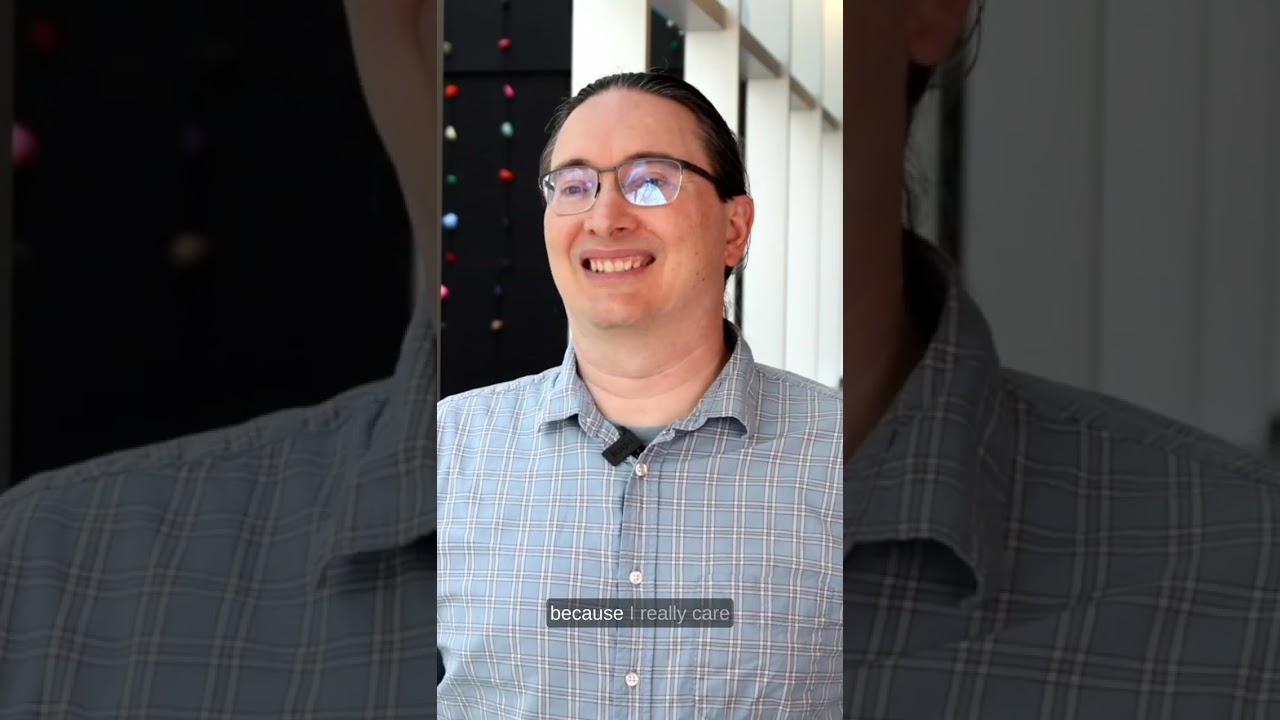Davide Gaiotto highlights the evolution of physics from ancient empirical observations to a modern discipline deeply intertwined with advanced mathematical frameworks, focusing on the foundational tools of quantum field and string theory. His work emphasizes the importance of developing and understanding these mathematical structures to uncover new ways of describing reality beyond experimental data.
Davide Gaiotto introduces himself as a physicist working in the quantum field and string theory group, emphasizing his passion for solving interesting problems. He explains that his primary focus is on the tools used in theoretical physics, such as quantum field theory and string theory, rather than solely on the applications of these tools. This places him in a unique position at the intersection of physics and mathematics, where the development and understanding of the mathematical frameworks themselves are of central importance.
He reflects on the origins of physics by considering early figures like Archimedes, who studied principles such as buoyancy, and others who measured the Earth’s circumference using observations of the sun’s shadows. These early examples highlight how physics began as a way to understand natural phenomena through observation and measurement. However, Gaiotto notes that such pioneering physicists were rare in ancient times, indicating that the systematic study of physics was not yet widespread.
Gaiotto’s perspective underscores the evolution of physics from practical problem-solving and empirical observations to a more abstract and mathematical discipline. He suggests that modern theoretical physics relies heavily on sophisticated mathematical tools, which are essential for formulating and exploring complex concepts like quantum fields and strings. This shift reflects a deeper integration between physics and mathematics, where the boundaries between the two fields become increasingly blurred.
The emphasis on tools rather than just their applications reveals Gaiotto’s interest in the foundational aspects of physics. By focusing on the mathematical structures and frameworks, he aims to uncover new ways to describe reality that might not be immediately apparent through experimental data alone. This approach can lead to novel insights and potentially revolutionary theories that reshape our understanding of the universe.
Overall, Davide Gaiotto’s work exemplifies a modern approach to physics that values the interplay between mathematics and physical theory. His focus on the tools of theoretical physics highlights the importance of mathematical innovation in advancing our comprehension of reality. Through this lens, physics is not just about explaining what we observe but also about developing the language and methods that make such explanations possible.
